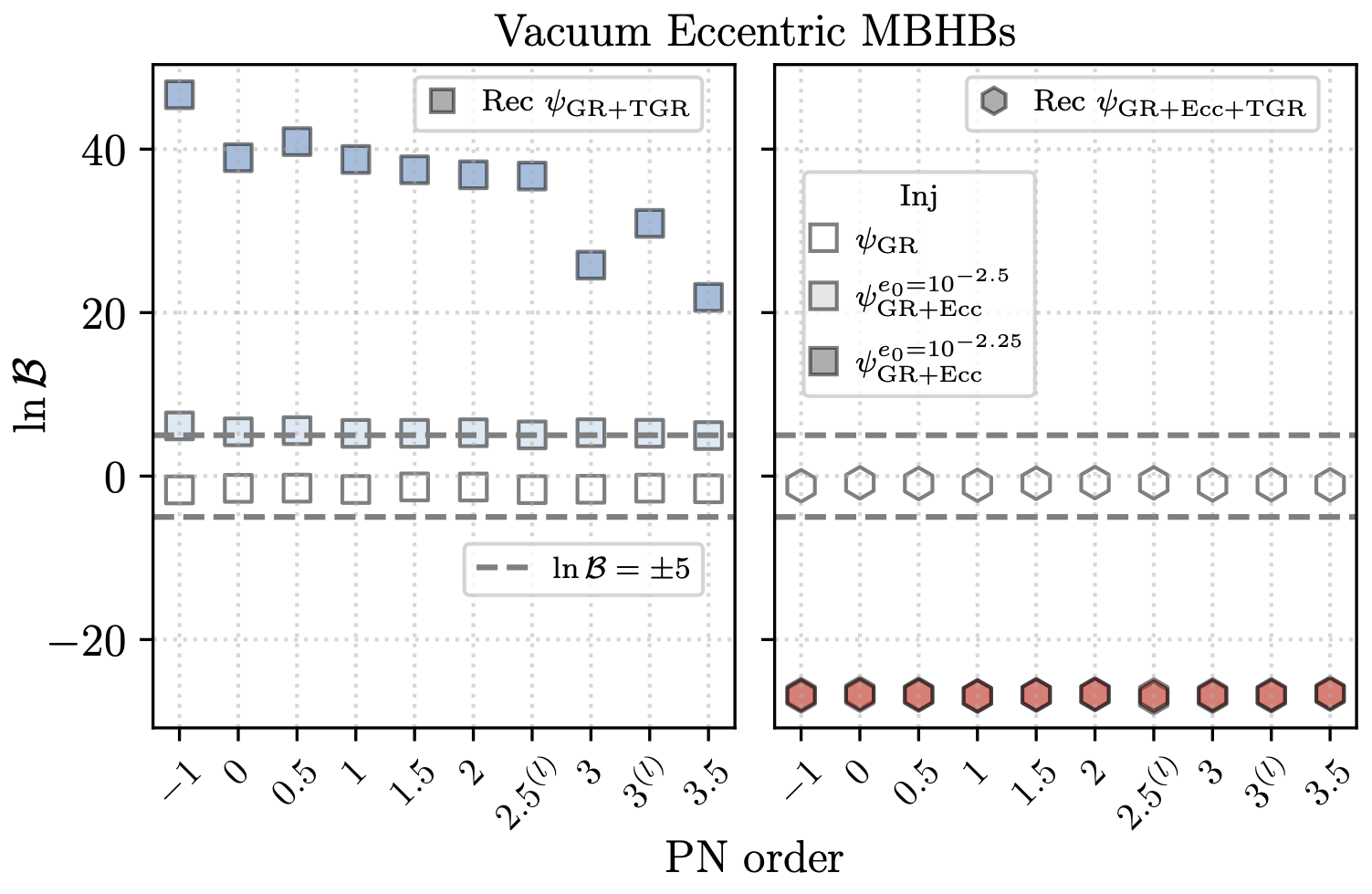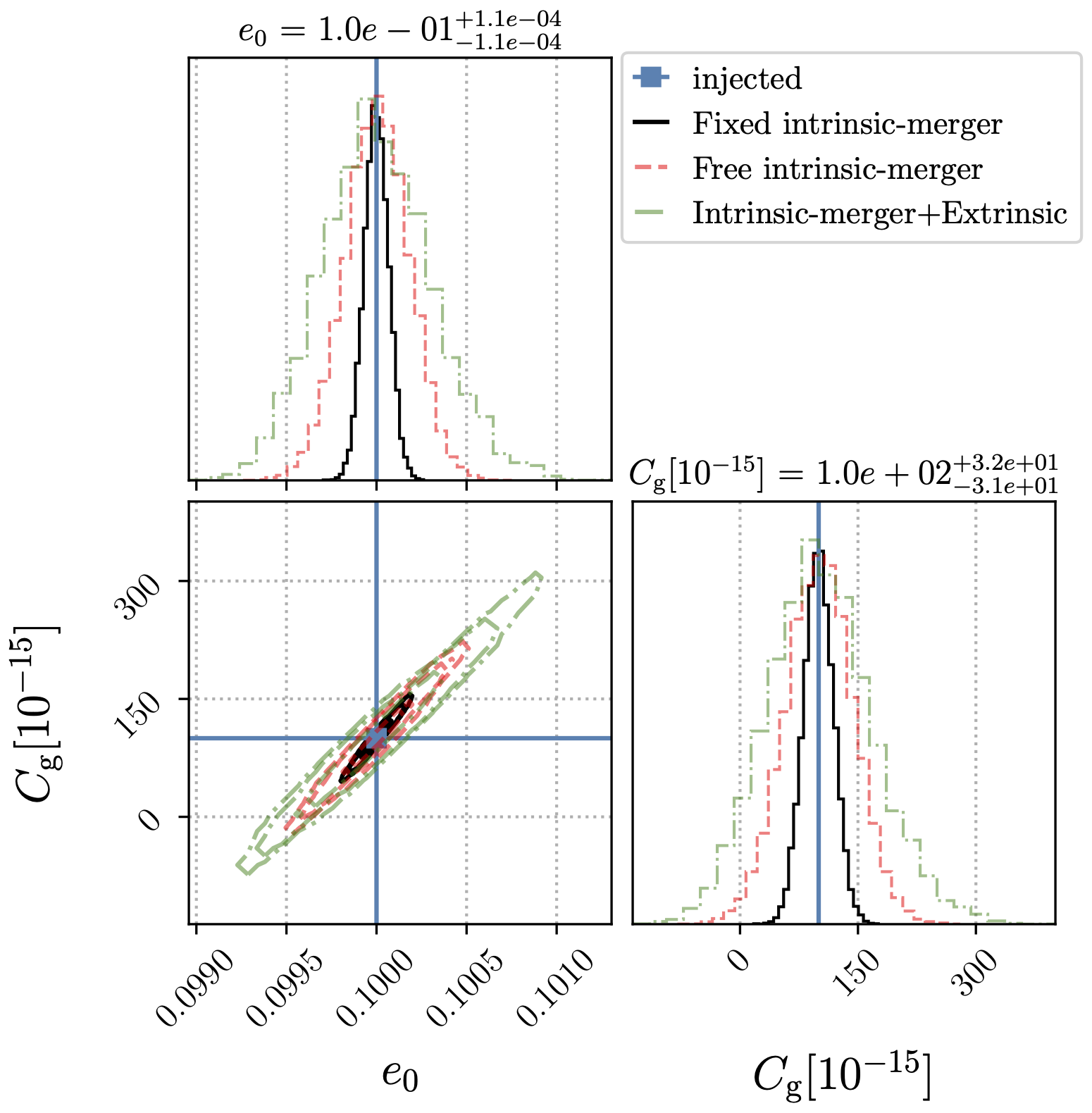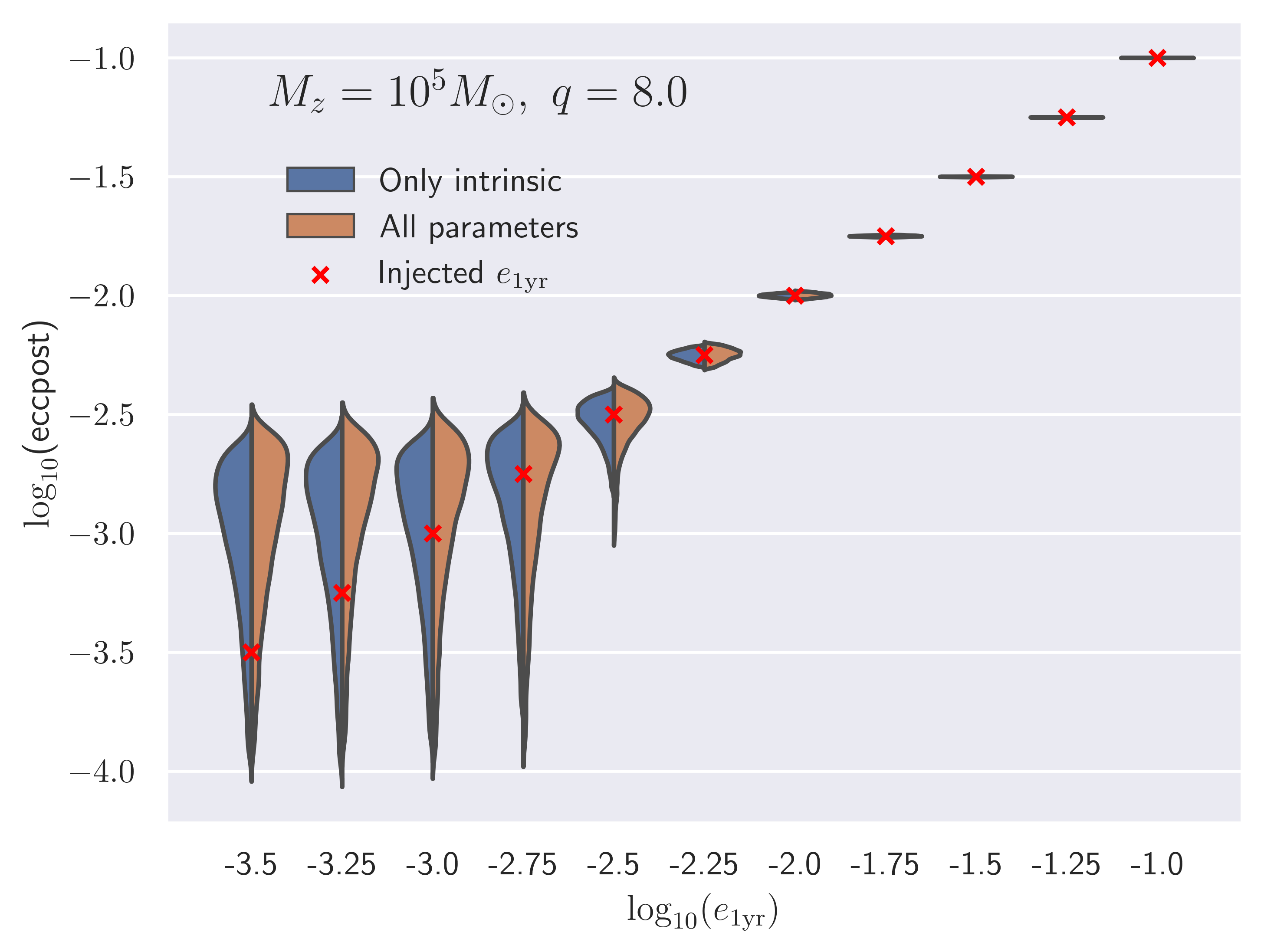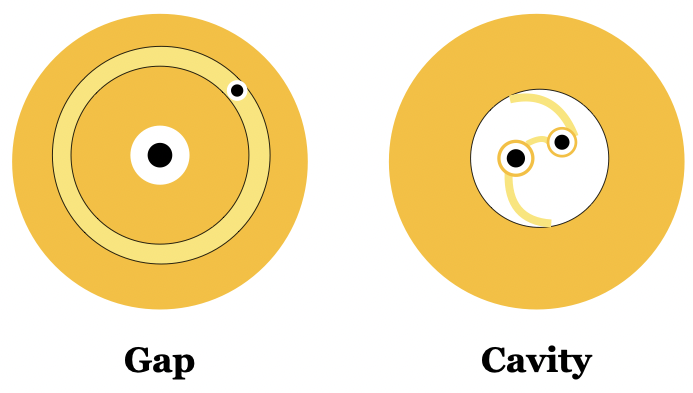Research

In the past, we could only see the Universe, but now we can also hear it.-Anonymous
This quote beautifully illustrates that until the first direct observation of gravitational waves (GWs) by the ground-based detector LIGO in 2015, we only relied on electromagnetic signals (mainly via photons) to study the Universe. Now, we have this amazing tool to probe the Universe and unlock its mysteries, and because observed GWs have a characteristic frequency chirp, in a way, we can listen to the Universe.
I am mainly interested in using the observation of GWs to learn about the source properties together with their astrophysical environment. I mostly focus on coalescing massive black hole binaries (MBHBs), formed via galaxy mergers, embedded in a gaseous accretion disc. To this aim, I use analytical and numerical techniques to perform source as well as waveform modeling. My recent projects are:
- Measuring gas torques on LISA MBHBs a few years before merger [ADS]

- How ignoring gas-eccentricity for LISA MBHBs falsely violate GR? [ADS]

- LISA-observable spin-eccentricity correlations could differentiate prograde and retrograde accretion [ADS]

- Concurrent measurement of eccentricity and gas perturbation from GWs of MBHBs [ADS]

- The minimum measurable eccentricity from GWs of vacuum MBHBs [ADS]

- Realistic thin gas disc induced cumulative dephasing in GWs from LISA intermediate-mass BHBs [ADS]

